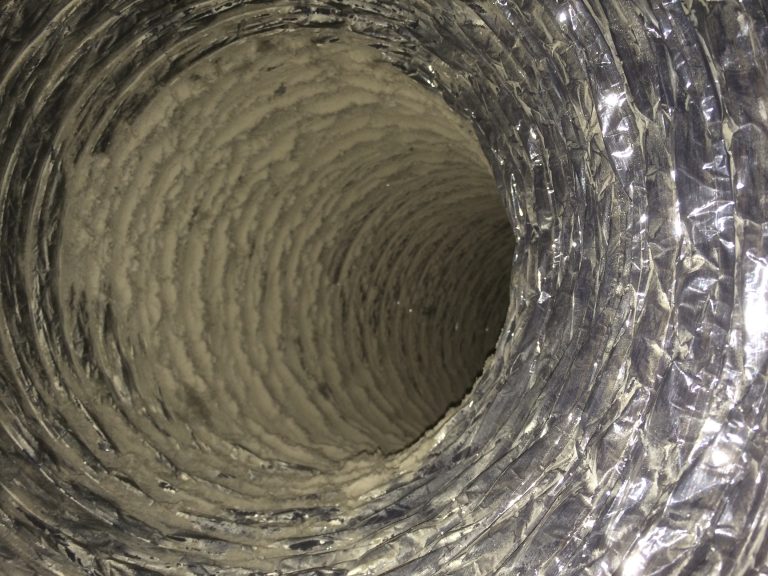As dust, skin cells and other debris accumulate inside air ducts over time, they become the ideal breeding ground for microbes like bacteria, viruses, mold and fungi. These biocontaminants can contaminate indoor air circulating through the HVAC system, impacting air quality and potentially causing adverse health effects.
Many people are unaware of the high levels of biocontaminants that can develop within home air ducts, including dangerous pathogens that can make occupants sick. Conditions within ductwork – warm temperatures, stagnant air and accumulated organic matter – provide an ideal habitat for microbes to colonize surfaces, form biofilms and multiply.
What Are Air Duct Biocontaminants?
Air duct biocontaminants refer to microscopic organisms including bacteria, viruses, fungi and dust mites. They feed on and inhabit dust, skin cells,food debris and mold spores inside ducts.
Common biocontaminants are:
- Bacteria – Thrive in moist duct environments. Some cause illnesses like Legionnaires’ disease.
- Fungi – Mold spores spread through HVAC systems. Excess moisture encourages mold growth on duct surfaces.
- Dust mites – Feed on shedded human skin cells in dust. Their waste and decaying bodies release allergens.
Impact on Health
Inhaling biocontaminants released into indoor air from ducts can cause or worsen respiratory issues. Symptoms include:
- Allergies – Dust mites, mold and bacteria trigger nasal irritation, sneezing and asthma attacks.
- Infections – Legionnaires’ disease cases have been linked to contaminated HVAC systems.
- Sick building syndrome – Results from long-term exposure to biocontaminants circulating inside buildings. Symptoms include fatigue, headache, dizziness and cough.
Removing Biocontaminants
Professional duct cleaning uses:
- Vacuuming – Removes dust, debris and organic matter for microbes. Repeat cleanings help control biocontaminant levels.
- Disinfectants – Biocides are sprayed or aerosolized to eliminate bacteria and fungi residing in ducts. Some treatments last up to one year.
- Sealing duct leaks – Prevents excess moisture entry that encourages mold growth.
In summary, biocontaminants in air ducts pose a serious threat to indoor air quality and health. Professional duct cleaning with vacuuming, disinfection and duct sealing can reduce biocontaminant buildup. However, periodic cleanings are needed to manage duct biofilms and keep indoor air as pure as possible.

